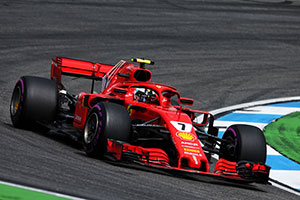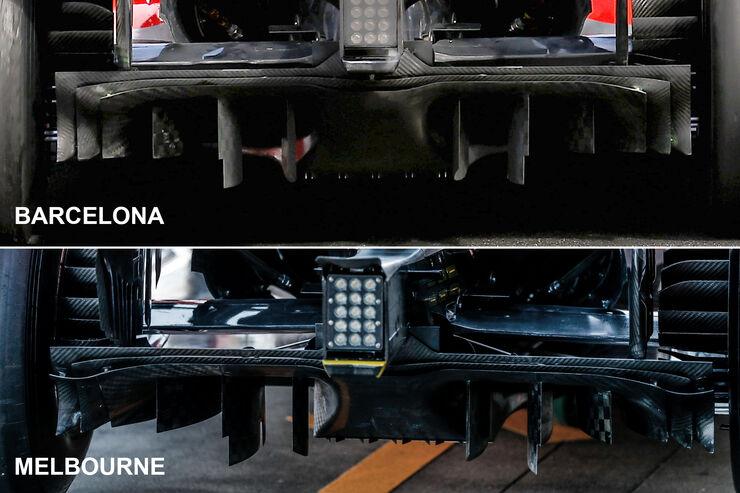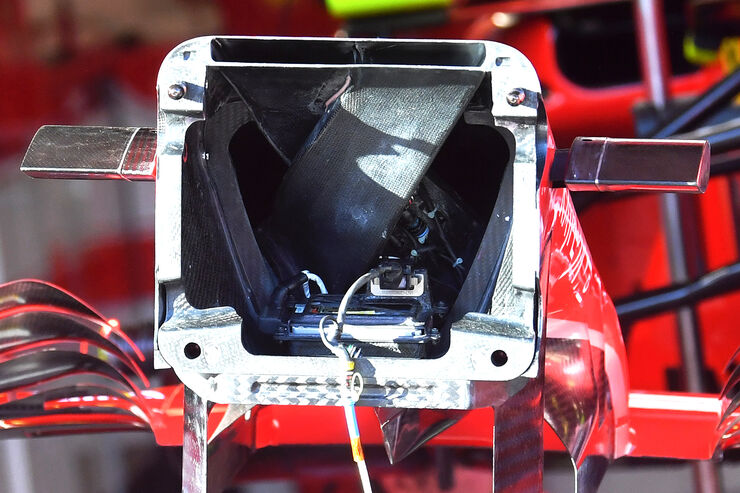ringo wrote: ↑25 Mar 2018, 01:44
Fully agree with the conclusion, but to be certain you can increase the calculated area beyond the body of the mirror, lets say put the boundaries at the actual height of the mirror to the ground and 1m ahead and 1m behind the mirror.
I would like to see the result in that case. The larger volume would make a difference to the results. Also include an ordinary mirror for us to see what the real difference is with the best slotted one that you have designed.
I know it's a lot of work i am giving you but you already did quite a lot of work to get to this point.
ringo, here they are.

I've used very long domain, 3m in total with 0.3m in front of mirrors. I had to reduce height and width of domain, to save some resources for finer mesh in slot area. Before doing that, I made sure the results and overall flow structures are near identical in this domain as in larger cross section domain.
Three types of mirrors were evaluated, SF71-H, SF70H and RB14. Results are interesting. But first, here are some dimensions and CAD model images.

Note that RB14's mirrors are smallest. They put the actual reflecting surface at around 20 degrees, reducing frontal area a lot. I've made sure the width of the actual mirror is 150mm.
Also, it should be said that RB14's mirrors were simulated in a manner corresponding to actual flow around them better than those of Ferrari. Ferrari's mirrors are also situated at slight angle, some 10 degrees is my estimate. However, I had to simplify this by putting them perpendicular to flow, to reduce the variables and see the difference between non-channeled mirror and current one.
Another thing is that flow coming around the mirrors is also diverted slightly outboard, because of driver's head and side crash protective structure around it. So all these simulations are accurate to some extent, but not 100%. Here are numbers for drag.

Unexpectedly, mirror design of Ferrari SF71-H turned out to produce most drag, by far. Part of the reason behind this is frontal area, which is 23% larger than that of RB14. Other part is larger frontal area exposed to high stagnation pressure. I believe that in reality both Ferrari mirror designs produce a bit less drag (still more than RB14), being at some 80 degrees relative to airflow, instead of simulated 90.
So, if not drag, what's the difference? Why did Ferrari do this? Let's look at turbulence intensity plots. Turbulence intensity tells us where the turbulence is strongest. More on this -
here.

Turbulence plot - side view

Turbulence plot - top view
Again, no significant difference. Granted, turbulent core is fractionally smaller in SF71-H model, but nothing significant. 5% intensity is actually longest, mostly due to vortices forming on top surface. There is also a slight curve in turbulent wake, viewed from the side, due to longer top surface combined with channels. In my view, this shows us Ferrari adapted their design for overall flow in this area, where air begins do go down - pulled by low pressure on side pods. This is nowhere near enough for it to go into top inlet. Just writing this out for precaution.

Let us look at one more plot - total pressure plot. This tells us how much energy in air is lost because of turbulence. Aerodinamicists are always looking at getting as much high energy air as possible to the rear, to make sure both diffuser and rear wing are working the best they can. This is very important for overall flow of the car, since making diffuser work harder means speeding up the flow under the floor, reducing pressure upstream thus making the front wing work harder as well. This is why we don't have big wings in barge board area (only small ones guiding air down to the rear end, producing lift instead of downforce), even though teams are allowed to do it.

Total pressure plot - side view

Total pressure plot - top view
That's more like it, right?

We see some clear differences in total energy loss between 3 designs, with RB14 and SF70-H showing very similar losses.
To conclude this, simulations performed suggest to us that Ferrari sacrificed some drag to improve air quality over the side pods (going further back and above diffuser) while also guiding it slightly down where it's wanted. If nothing else, this also shows us just how much team's value clean, high energy air - if all those vanes and wings in barge board area haven't been persuasive enough.









